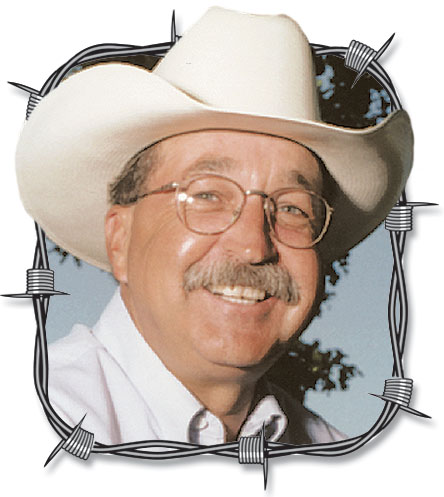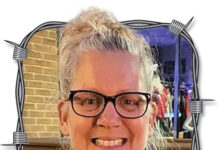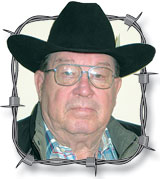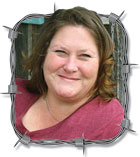 During most years, I figure on having to feed hay until about the first week in April. It’s about that time, in average years, that the cows will quit eating the hay that I unroll, in search of the succulent blades of fresh grass, which undoubtedly taste better than the dry stems and foliage they have consumed all winter.
During most years, I figure on having to feed hay until about the first week in April. It’s about that time, in average years, that the cows will quit eating the hay that I unroll, in search of the succulent blades of fresh grass, which undoubtedly taste better than the dry stems and foliage they have consumed all winter.
I sold all my hay equipment a couple of years ago, after carefully calculating that it would be more efficient and cost-effective to purchase all of the hay I would need for my down-sized herd of cattle. This left me to buy my forage during the worst drought and shortest supply of hay in decades, which resulted in the highest prices ever paid for hay in this area. So much for my careful calculations of efficiency and cost-effectiveness.
Living up to my reputation for being frugal, I once again, did some very precise ciphering to purchase the exact amount of hay that I would need, to get the cows through the winter, until the grass would be plentiful enough. Of course my figures were based on an average winter.
Sometime around the first of March, I counted the remaining bales, divided that figure by the number of days left until April 1, and decided my previous ciphering abilities weren’t any better than those I used to place second during every Friday afternoon ciphering contest at the one-room schoolhouse (there were only two in my class). Every day the bale yard got smaller, the grass got a little greener and, with the help of a few tons of range cubes, I somehow made it to grass season.
All of my miscalculations brought to mind the story of one of my neighbors who, a few years ago, did the same as me, and sold his hay equipment when he decided to semi-retire. He, however, had a fool-proof plan in dealing with purchasing his hay needs. He was going to sell a cow every time he needed to buy hay, and would only buy the amount of hay that one cow’s selling price would purchase. Whenever that hay was gone, he’d sell another cow and make another hay purchase. He would continue this cycle for the entirety of the winter.
Aware of his plan, I was curious as to how he got along when I ran into him at a cattle show the following spring. “How did you do with your ‘cows for hay’ program this past winter?” I asked.
“Oh, it couldn’t have worked out any better,” he replied. “I ran out of hay…and cows…on March 31st.”
Jerry Crownover is a farmer and former professor of Agriculture Education at Missouri State University. He is a native of Baxter County, Arkansas, and an author and professional speaker. To contact Jerry, go to ozarksfn.com and click on ‘Contact Us.’






